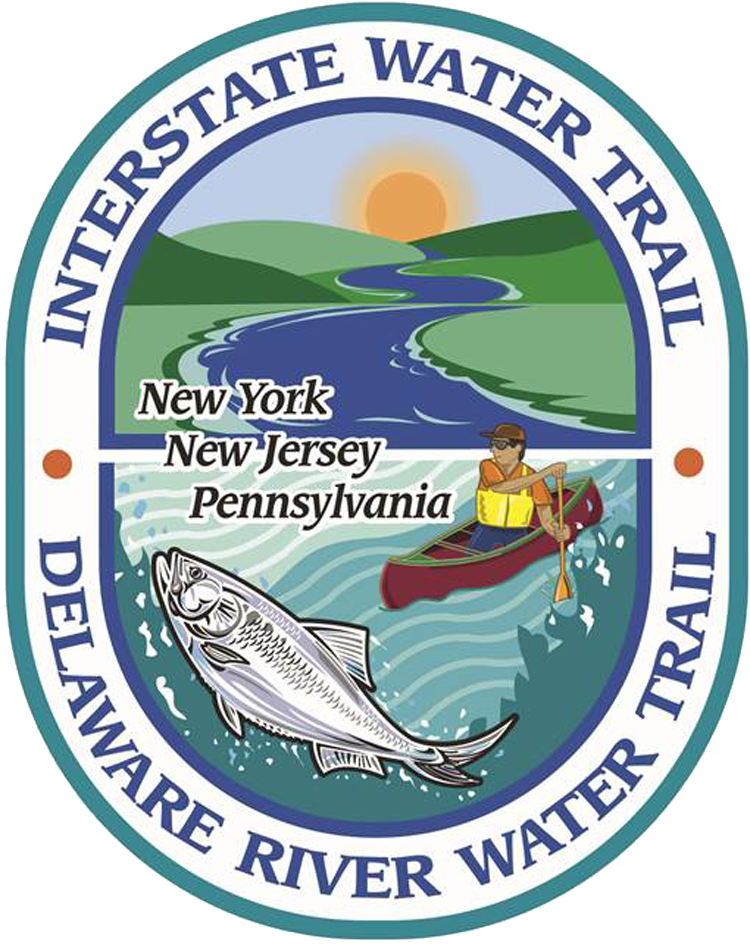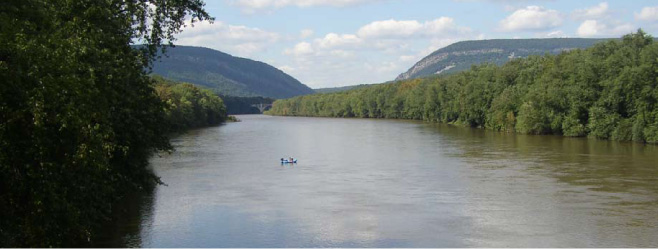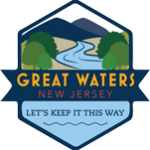The Delaware River is boundary water, separating New York and Pennsylvania in the upper stretch, New Jersey and Pennsylvania in the middle and lower stretches, and Delaware and New Jersey in the Delaware Bay. It begins as two streams, the East and West branches, which flow down the western slopes of the Catskill Mountains and meet just below Hancock, New York. From here the river takes several sharp bends as it heads south for some 326 miles to reach the Atlantic Ocean.
The Delaware River corridor is home to diverse populations of wildlife, unique natural areas and scenic vistas, mountain forests, wetlands, fertile farms, historic events, towns and structures of national importance, exciting whitewater and calm, deep pools, world famous trout fishing, and so much more.
An important quality of the river is its free-flowing nature as the largest un-dammed river in the eastern United States. The excellent water quality and diversity of plant and animal life is found the entire length of the non-tidal river. These assets are directly attributed to the preservation of the Delaware’s natural flow of riffles, rapids, pools, and eddies. Freedom from dams and superior water quality has allowed species of like the American shad, striped bass, and American eel to continue their ancient migrations up and down the river to and from their spawning grounds. In addition, the Delaware River is one of the four major migration flyways in North America for waterfowl, shorebirds, raptors, and neo-tropical songbirds. Many mammal species also flourish in the river and surrounding environs, including beaver, otter, mink, and muskrat, as well as black bear, red fox, and white-tailed deer. Because of these important features, much of the freshwater Delaware has been designated to the National Wild and Scenic Rivers System. There are only 166 rivers in 38 states and the Commonwealth of Puerto Rico in the system; this is a little more than one-quarter of one percent of the nation’s rivers.
As in other river systems, the Delaware has a family of creeks and rivers that contribute to its flow. The Beaver Kill and Lackawaxen River are famous trout fishing tributaries to the Upper Delaware River, with the Flat Brook, Bushkill and Brodhead creeks joining the Middle Delaware. The Lower Delaware is fed by the Musconetcong River also designated a National Wild & Scenic River, and the Lehigh River, which is the second largest of all the Delaware tributaries and a water trail in its own right.


